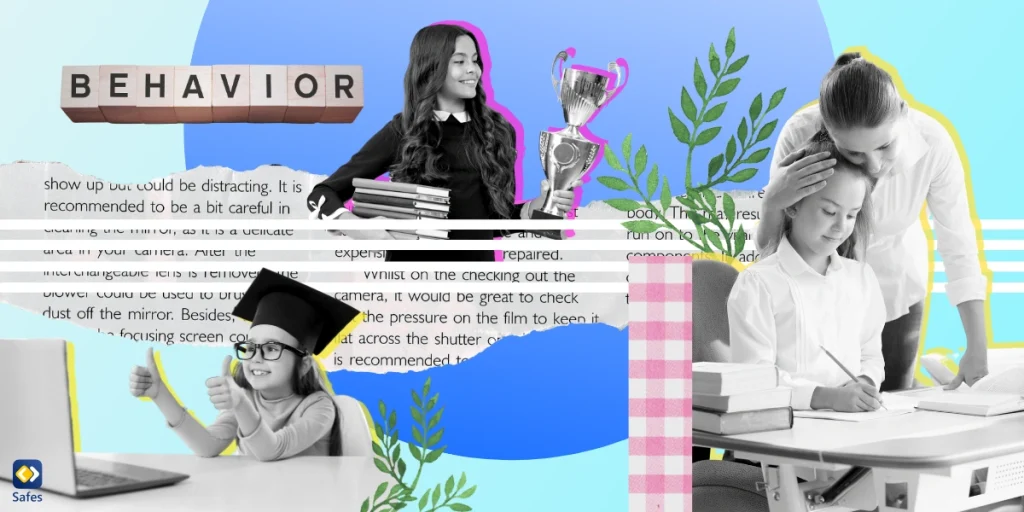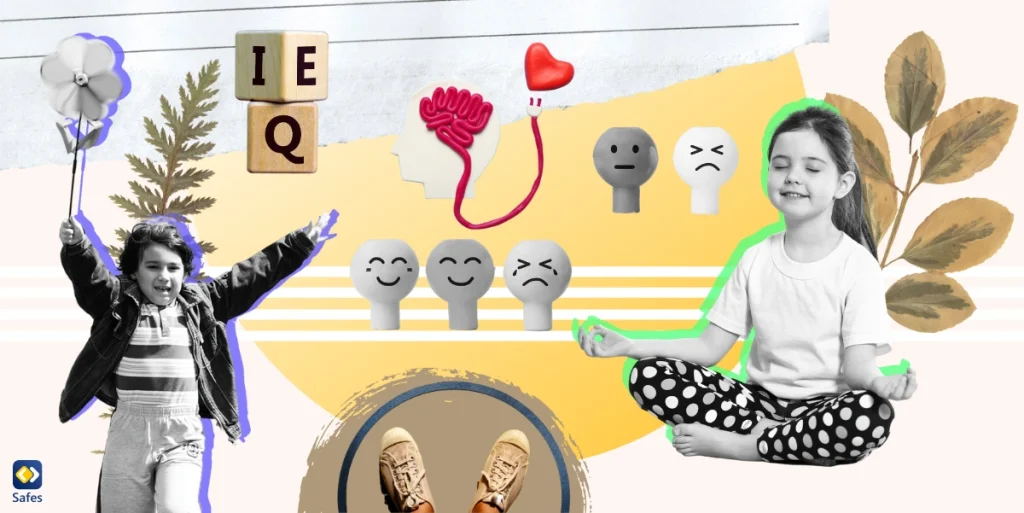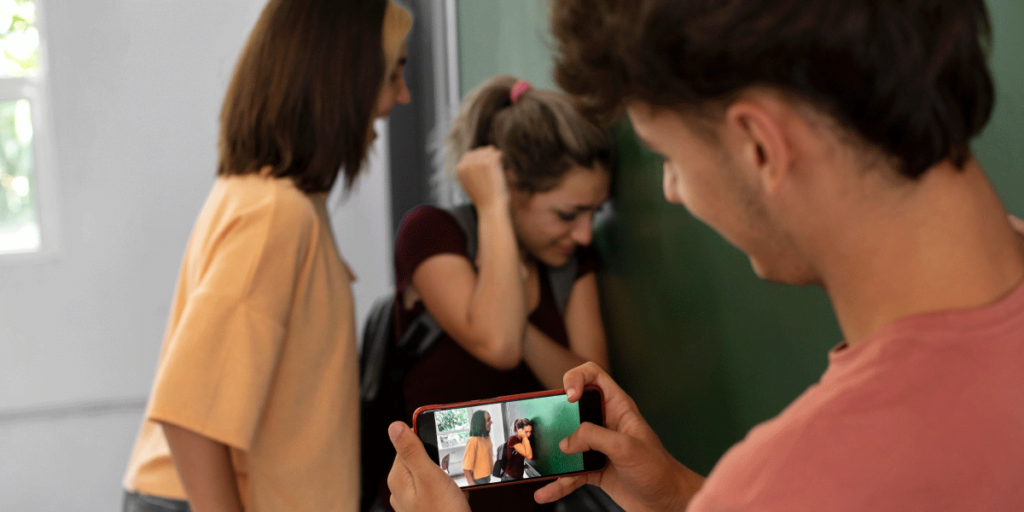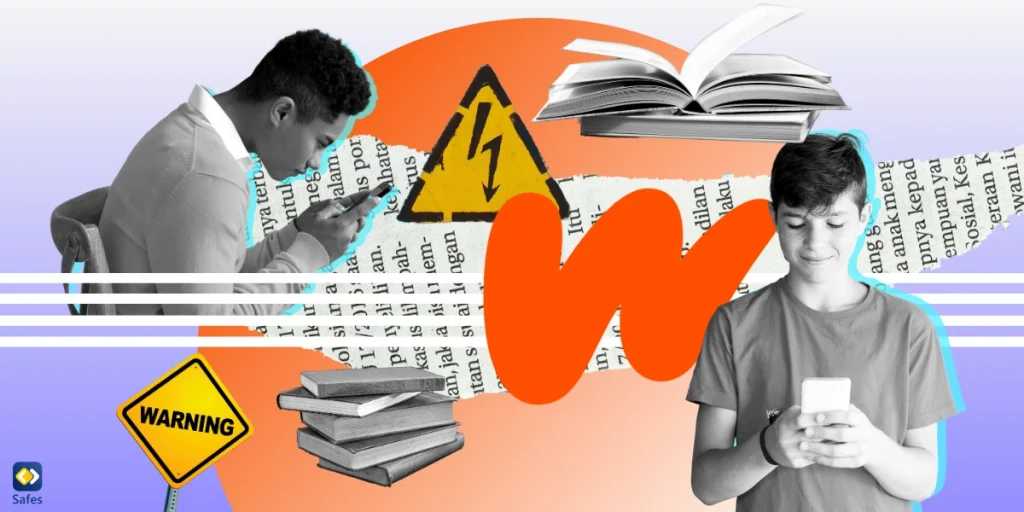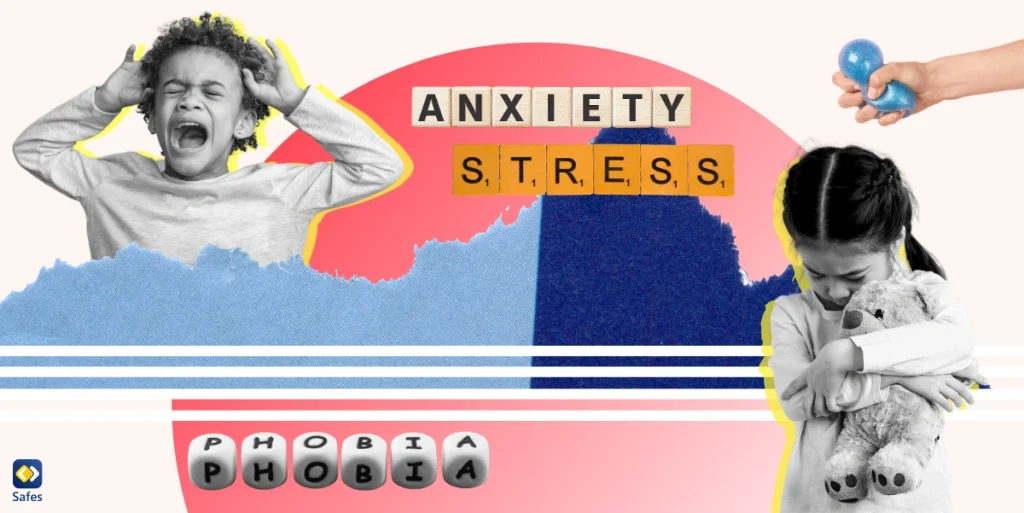Teaching is a noble profession, but it comes with its unique set of challenges. Managing student behavior is one such challenge, and behavior modification is a powerful tool that can make a significant difference in creating a conducive learning environment. In this blog, we will explore the ins and outs of behavior modification examples in the classroom, offering practical guidance to help you master this essential skill.
Why Behavior Modification Matters
Behavior modification matters because it is the linchpin for fostering a positive and productive learning environment. In educational settings, students’ behavior can significantly impact their own learning experience and that of their peers. It can also help educators to take control of a classroom, like getting kindergartners to listen.
Effective behavior modification empowers educators to shape and encourage desirable behaviors, which not only enhances classroom order but also cultivates cooperation, self-discipline, and a sense of responsibility among students. When applied skillfully, behavior modification creates the foundation for academic success and personal growth, ensuring that the classroom becomes a place where students can thrive both academically and socially. Behavior modification examples show that it can especially help with students suffering from learning disabilities or when they enjoy different learning styles.

Creating a Positive Learning Environment
The journey to effective behavior modification begins with creating a positive learning environment and nourishing creativity in the classroom. Here’s how you can set the stage for success:
Clear Expectations and Rules
Start by setting clear expectations and rules in your classroom using a behavioral modification plan. Clearly communicate what is expected of your students and what behaviors are acceptable. Consistency is key, so ensure these guidelines are enforced consistently.
Building Strong Teacher-Student Relationships
Building strong relationships with your students is fundamental to behavior modification. When students feel respected, valued, and understood, they are more likely to exhibit positive behaviors. Take the time to get to know your students, their interests, and their unique needs.
Setting Up a Behavior Modification Plan
Understanding how behavior modification works is crucial for implementing it effectively. Here’s a practical guide to get you started:
Identifying Target Behaviors
Common classroom behaviors that you might target for modification include disruptions, inattentiveness, tardiness, or lack of participation. Pay attention to any recurring issues.
Setting Clear Goals and Objectives
Help your students set SMART goals (Specific, Measurable, Achievable, Relevant, and Time-bound) to improve targeted behaviors.
Data Collection and Analysis
Collect data on student behavior and analyze it to understand patterns and identify triggers.
Selecting Appropriate Interventions
Choose effective strategies such as positive reinforcement for desired behaviors and consequences for negative ones. Collaborate with your colleagues and support staff for ideas and best practices.
Implementing Interventions
Consistently implement the agreed-upon strategies. Keep communication open with students and parents to ensure everyone is on the same page.
Monitoring and Adjusting
Monitoring progress is a continuous process. Regularly assess behavior and make necessary adjustments to your behavioral modification plan for students. Celebrate the positive changes and reinforce good behavior through praise and rewards.
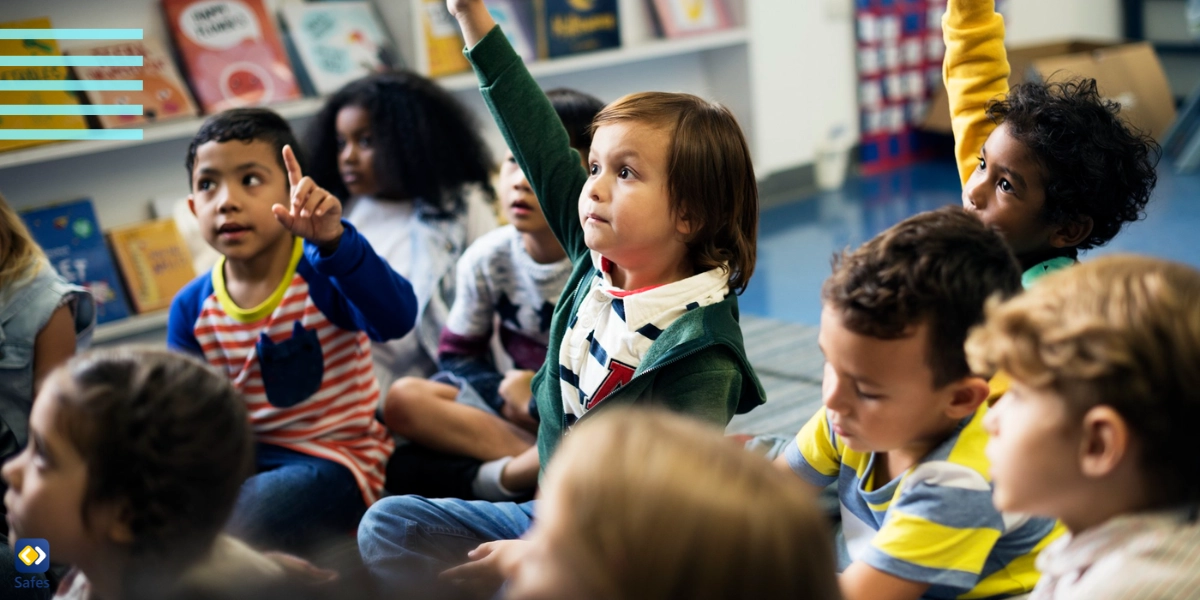
Common Challenges and Solutions
Expect challenges along the way. Some students may resist or experience setbacks. Here are strategies for handling these situations:
- Address potential obstacles and setbacks with patience and understanding.
- Use conflict resolution and problem-solving techniques to handle resistance or non-compliance.
- Collaborate with colleagues, parents, and support staff to find effective solutions.
Safe School, designed specifically for educational institutions, is the ideal parental control app that empowers schools to create a supportive and conducive learning environment. Here’s how Safe School can be a game-changer in the realm of behavior modification within the classroom.
The app allows school officials and teachers to see the location of every student in real time while also being able to block specific apps during school hours. Officials can even make specific rules custom to their school as to what keywords are allowed to be searched and which URLs are blocked for students.
Safes School can be used as a great behavior modification example where teachers and parents communicate and collaborate to use the application for positive and negative reinforcement. It can also help with strengthening the relationship between the school and parents.
These benefits don’t stop at behavior modification examples. Safes School’s features such as monitoring app usage, screen time, and web searches ensure students’ digital well-being in a time where this is under threat.
Conclusion
Incorporating behavior modification in your classroom is a journey that requires commitment and collaboration. When both educators and parents work together, the results can be remarkable. Behavior modification not only leads to well-behaved students but also contributes to a positive and supportive learning environment.
Safe School is the future of behavior modification in the classroom. It’s a robust tool that empowers educators and school administrators to create a learning environment where students thrive, both academically and behaviorally. By promoting positive behavior and fostering cooperation, Safe School is at the forefront of shaping responsible and accountable students, ultimately contributing to academic success and personal growth.
